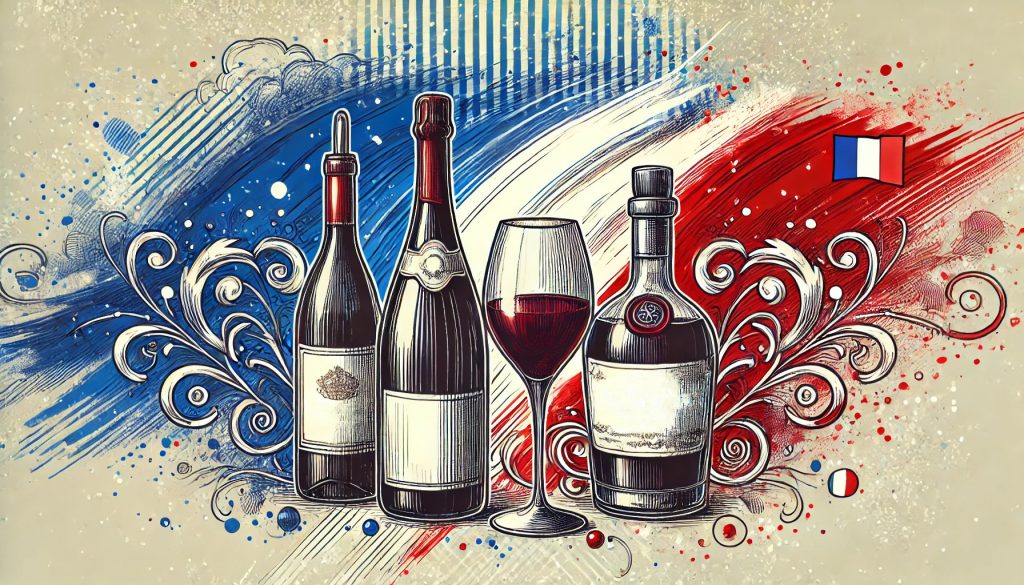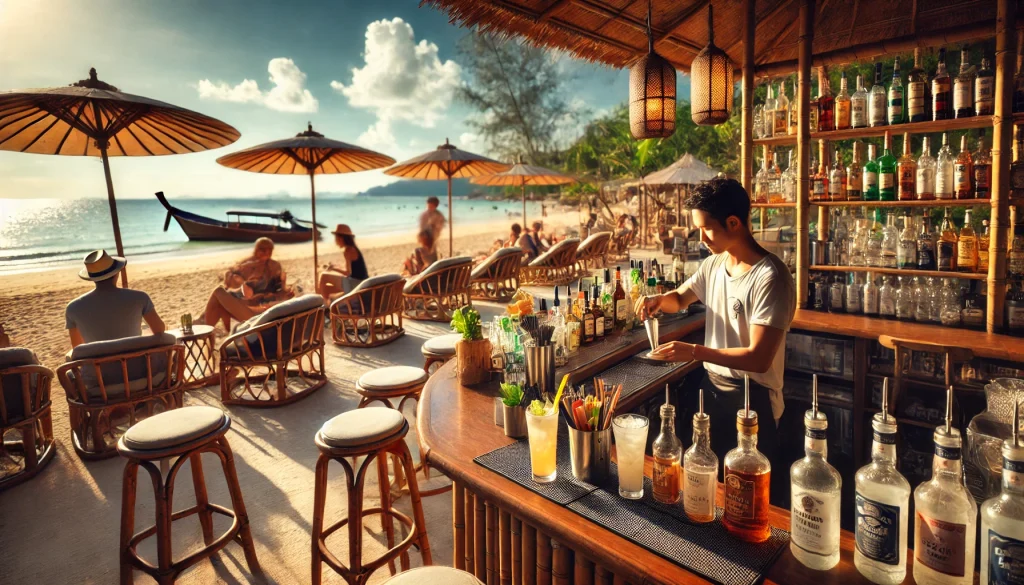In a year when geopolitics, climate challenges, and shifting consumer tastes could’ve dimmed the fizz, Henkell Freixenet—the global titan of sparkling wine—popped the cork on a solid 2024. The company posted net sales of €1.25 billion (excluding excise taxes), up a modest but steady 1.5%. That’s no small feat in a market grappling with headwinds. From the runaway success of Prosecco to the soaring demand for non-alcoholic bubbles, Henkell Freixenet’s 2024 performance offers a front-row seat to the trends reshaping the global wine and spirits scene. Let’s dive into what their numbers and moves tell us about where the industry is headed.
The Big Trends Shaking Up Sparkling Wine
Non-Alcoholic Bubbles Are Popping Off
The sober-curious movement is no longer on the fringe—and Henkell Freixenet’s numbers prove it. Henkell Freixenet’s non-alcoholic portfolio, including standouts like Mionetto 0.0% and Freixenet 0.0%, surged by an impressive 23.6% in 2024. This is no side hustle—health-conscious consumers and Gen Z’s pivot to mindful sipping are turbocharging alcohol-free demand. The takeaway? Brands that lean into innovative, high-quality non-alcoholic offerings are poised to capture a growing slice of the market. Henkell Freixenet’s early bet on this trend, with products like Freixenet Cordon Negro 0.0%, shows they’re not just keeping up—they’re setting the pace.
Prosecco and Aperitivo: The Party Keeps Going
Prosecco continues to be the life of the party, and Henkell Freixenet’s Mionetto brand is stealing the show with a 15.7% growth spurt. Add to that the buzz around aperitivo-style drinks—think Mionetto Aperitivo and its non-alcoholic sibling, which are already turning heads in markets like France and Poland. This reflects a broader shift: consumers crave light, social, and versatile drinks that fit a spritz-soaked summer vibe. For the industry, it’s a clear signal—keep innovating with approachable, occasion-driven products that resonate with local tastes. Think less ‘stuffy cellar,’ more ‘sunlit rooftop spritz.’
Climate Curveballs and Supply Chain Struggles
Mother Nature wasn’t kind to the wine world in 2024. Drought in Spain’s Penedès region hit Cava production hard, forcing Henkell Freixenet to pivot. Their solution? Launch Freixenet Premium Sparkling Wine to meet demand in markets like Germany and Austria. This highlights a harsh reality for the industry: climate change is disrupting traditional wine regions, and companies need agile supply chains and creative workarounds to stay in the game. Expect more brands to rethink their sourcing strategies—not just out of necessity, but as a proactive response to an increasingly unstable climate reality.
How Henkell Freixenet Stays Ahead
Smart Brand Moves
Henkell Freixenet’s flagship “Global Icons”—Mionetto, Freixenet, and Henkell—grew a solid 6%, with Henkell’s brand relaunch sparking an 8.3% uptick. Meanwhile, their “Global Stars” category dipped 18%, a sign they’re doubling down on high-performers rather than spreading resources thin. It’s a calculated shift—doubling down on high-traction brands while letting underperformers fade. For other wine companies, this is a reminder that a streamlined, trend-driven portfolio can be a lifeline in tough times.
Winning in Key Markets
The Americas (+7%) and Eastern Europe (+5.6%) were Henkell Freixenet’s growth engines. In the U.S., a declining sparkling wine market didn’t stop Mionetto from gaining ground, thanks to a new national distribution deal with Southern Glazer’s Wine & Spirits. Eastern Europe, especially Poland with a sizzling 15% growth—fueled by Mionetto’s 27% surge—showed the power of blending global brands with local heroes like Bohemia and Törley. Meanwhile, the DACH region (-1.7%) took a hit from Cava shortages, but Henkell and Mionetto still shone. The lesson? A balanced mix of global reach and local know-how is key to thriving in diverse markets.
Subscribe to our newsletter
Innovation and Long-Term Vision
Henkell Freixenet didn’t just react—they innovated. The launch of Freixenet Premium Sparkling Wine filled the Cava gap, while their acquisition of Portugal’s VINICOM bolstered their premium still wine portfolio in Western Europe. Investments dropped 22.7% to €30 million, and headcount fell 2.4% to 3,535, signaling a focus on efficiency without sacrificing growth. It’s a sign that Henkell Freixenet is tightening operations while positioning for sustainable expansion. This blend of bold moves and prudent cost management positions them as a model for navigating uncertainty.
What This Means for the Industry
Henkell Freixenet’s 2024 story is a microcosm of the sparkling wine market’s evolution. Their success in non-alcoholic and Prosecco categories underscores the need for brands to align with consumer shifts toward health and socialization. Their ability to grow market share in a sluggish U.S. market proves that strong branding and strategic partnerships can defy gravity. Brands that can’t bend will break in this new era of volatility. And their response to supply chain disruptions—like the Cava shortage—shows that flexibility is non-negotiable in an era of climate volatility. For smaller players or single-category brands, the message is clear: diversify your portfolio, lean into trends, and build resilience to stay competitive.
Looking to 2025: What’s Next?
The road ahead isn’t all bubbly. Geopolitical tensions and economic uncertainty will keep consumers cautious, while Cava grape shortages will continue to challenge the industry. But Henkell Freixenet is well-equipped to navigate these headwinds. Their focus on non-alcoholic innovation, Prosecco’s unstoppable rise, and untapped potential in markets like Brazil and Eastern Europe offer plenty of upside. Add to that their global footprint and diverse portfolio, and they’re poised to keep leading the pack.
A Sparkling Outlook
Henkell Freixenet’s 2024 performance isn’t just about numbers—it’s a playbook for thriving in a shifting industry. From non-alcoholic breakthroughs to Prosecco’s global takeover, they’re riding the waves of change with style. For the wine and spirits world, their story is a call to action: innovate relentlessly, adapt to consumer trends, and build a brand that can weather any storm. Here’s to 2025—may it sparkle just as brightly.
Drinks Times Insight:
The future of fizz won’t be won by tradition alone—but by those willing to reimagine when, why, and how we raise a glass.
Data Snapshot
- Net Sales (excl. excise taxes): €1.25 billion (+1.5%)
- Regional Growth: Americas (+7%), Eastern Europe (+5.6%), Western Europe (+0.8%), DACH (-1.7%)
- Brand Highlights: Global Icons (+6%), Non-Alcoholic (+23.6%), Global Stars (-18%)
- Investments: €30 million (-22.7%)
- Employees: 3,535 (-2.4%)


